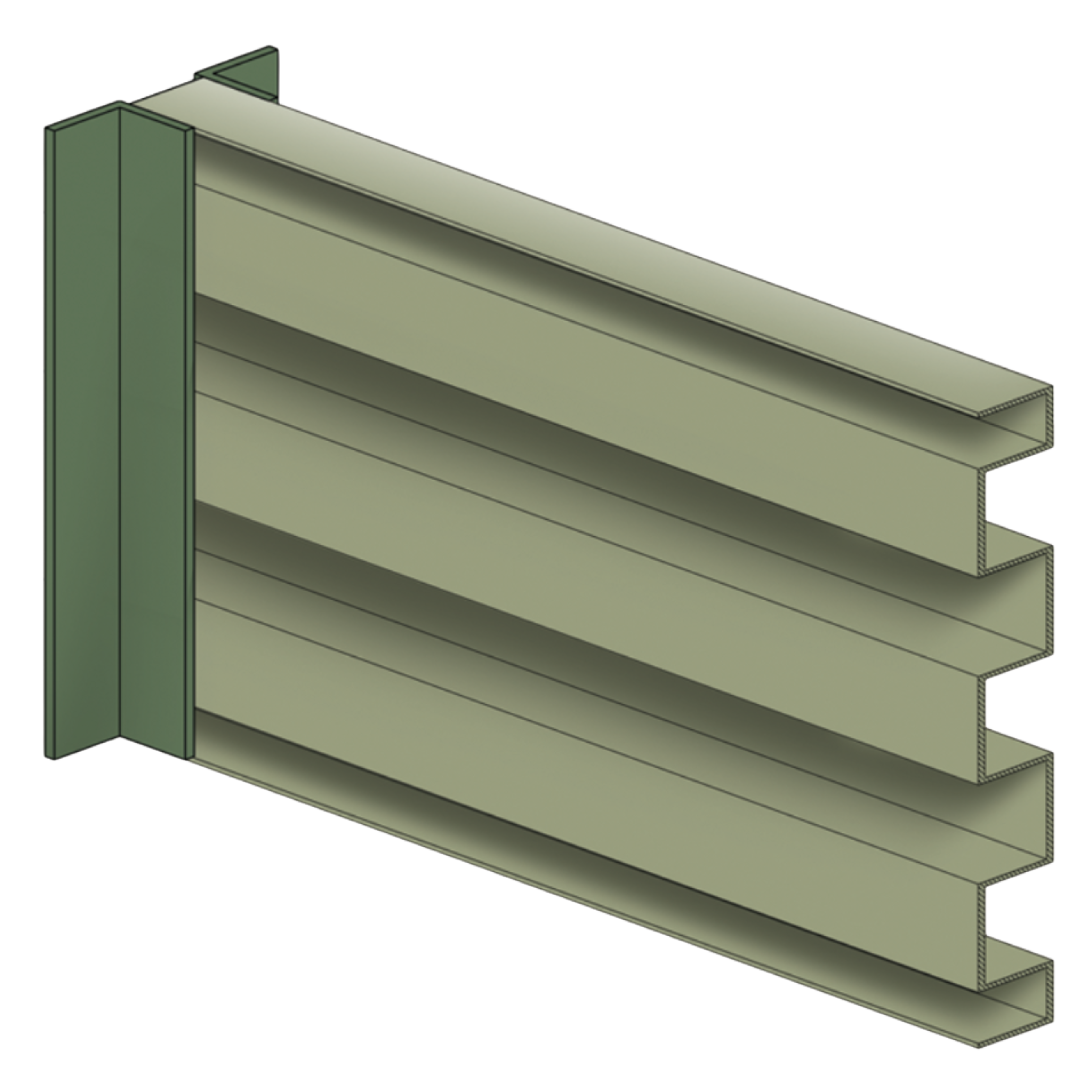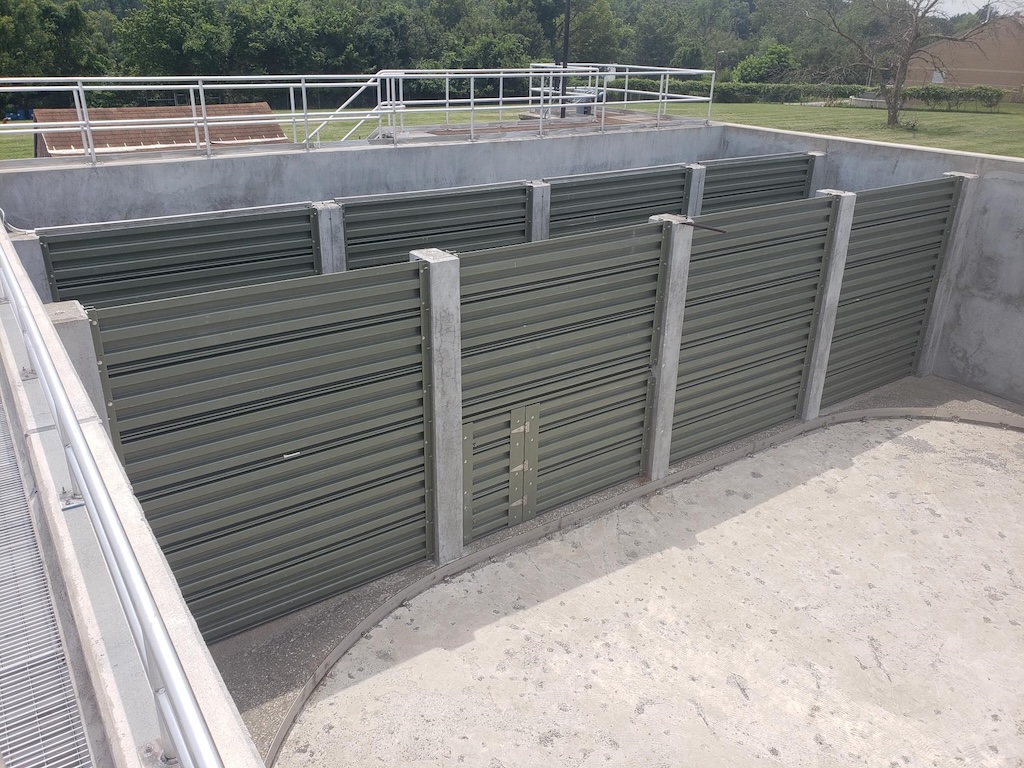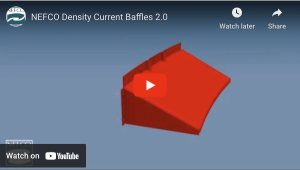BAFFLE WALL SYSTEMS
BAFFLE WALL

ENGINEERED TO LAST
NEFCO’s Baffle Walls are more cost-effective than the alternatives. The lightweight panels are easy to install or remove for cleaning and access. Baffle panels are available in multiple configurations, designed for installation of new systems, or the rehabilitation of existing systems.
MULTIPLE WATER AND WASTEWATER APPLICATIONS
NEFCO’s Baffle Walls are ideal for underwater flow control applications. FRP Baffle Wall panels have a longer lifecycle than concrete or steel baffle panels which are subject to rot or corrosion, making NEFCO’s Baffle Walls more cost effective than those alternatives. Baffles can be mounted to existing columns, attached to H-beams or attached to concrete walls with clip angles.
IMPROVED DESIGN
NEFCO’s FRP Baffle Walls are designed to improve flow control in multiple water and wastewater applications. Our line of Baffle Walls has been proven reliable, meeting or exceeding industry standards.
FEATURES
APPLICATIONS

VIDEO & DOWNLOADS
OUR PROCESS
At NEFCO, we have a proven track record of delivering results. All custom products are made to order and our team is committed to providing excellent customer service. We are always on a mission to improve and innovate on all of our patented products. buildings.

FREQUENTLY ASKED QUESTIONS
Why is fiberglass a better choice than steel for wastewater and water reclamation facilities?
How does fiberglass improve the longevity of infrastructure in wastewater facilities?
Does fiberglass require less maintenance than steel in water treatment applications?
How does fiberglass perform in extreme conditions found in wastewater facilities?
Is fiberglass more cost-effective than steel for wastewater treatment infrastructure?
How does fiberglass enhance safety in wastewater facilities?
Can fiberglass structures withstand chemical exposure in water reclamation plants?
How does fiberglass compare to steel in terms of installation and handling?
What are the environmental benefits of using fiberglass in wastewater treatment facilities?
Where is fiberglass commonly used in wastewater and water reclamation facilities?

Let’s Work Together
8895 N. Military Trail, Building C Suite 100
Palm Beach Gardens, FL 33410
[email protected]
Monday – Friday 8AM – 5PM

